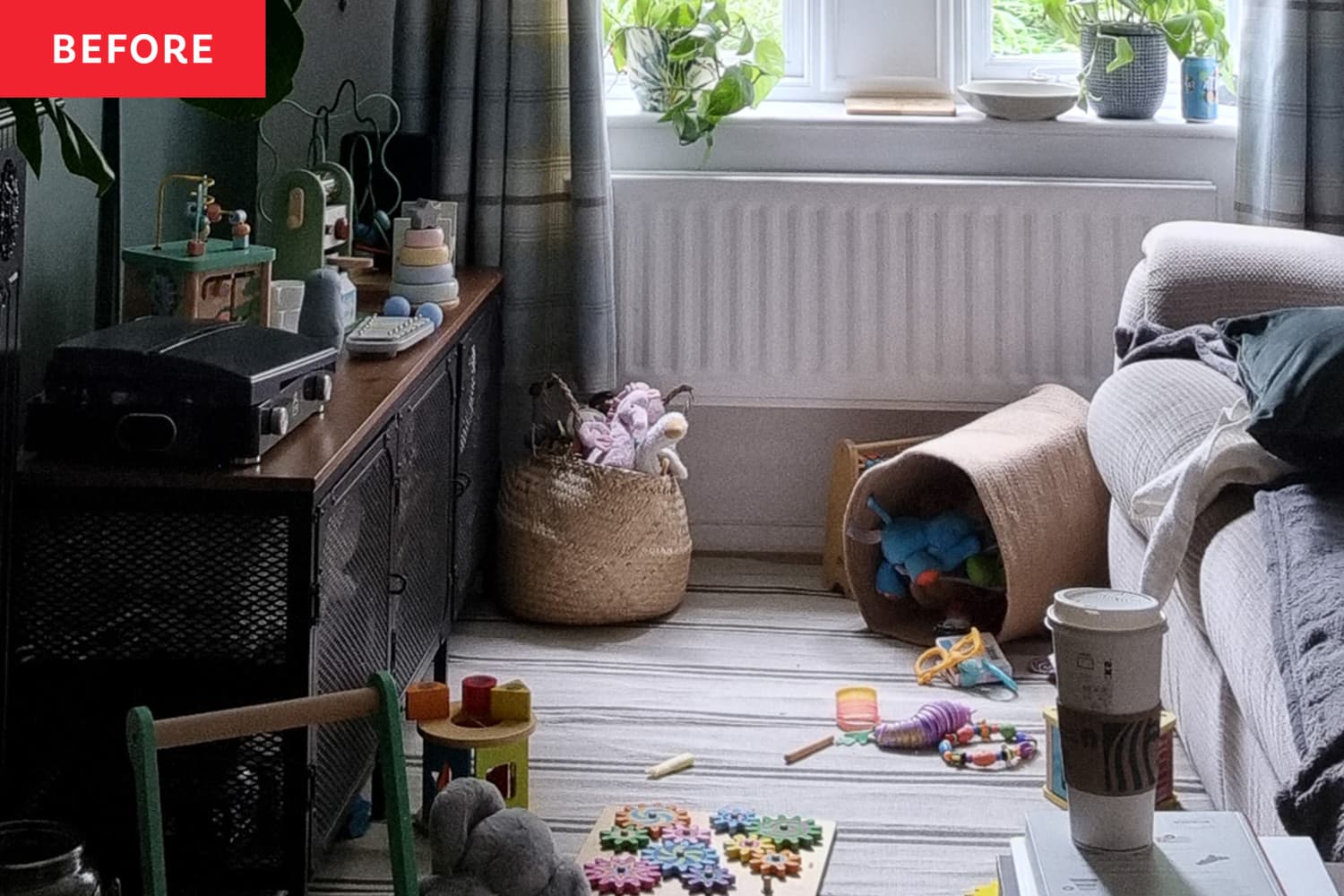We independently select these products—if you buy from one of our links, we may earn a commission. All prices were accurate at the time of publishing.
Cleaning routines can be a really helpful framework for structuring the time and energy you dedicate to cleaning your home, but routines that rely on a daily, weekly, or monthly calendar are often missing an important element: real life.
That’s why I needed to create a system that would work for me. When researching tools to teach my kids emotional health and how to ask for help, one method that kept coming up was the “traffic light” system in classrooms. It helps students indicate when they need help and how much help they need — and I thought it would translate well into managing a household, especially when you have limitations.
Here’s how the traffic light system works in the classroom.
I’ve started to use this system at home, with different daily cleaning tasks. These tasks are based on my limitations and abilities at the moment, and assigned to a specific day of the week (like kitchens on Mondays and bathrooms on Tuesdays). Cleaning my home according to my own needs, time, and energy levels makes it more manageable, while still ensuring everything gets done.
Here’s how I use the traffic light system at home.
The key difference, of course, between the classroom system and my system at home is that, for the student, a classroom has built-in help in the form of a teacher. Sometimes I might be able to ask my husband, or other members of my parenting village for help (which would add time and energy resources and maybe take me from a red day to a yellow day), but that isn’t always possible, so my version of a red day only includes things I’m able to do without help.
Why the Traffic Light System Might Be Helpful for You
A rigid daily or weekly chore list implies that your time and resources and energy levels are the same, day to day, but that’s just not true. Many people have limitations on what can get done each day — whether it’s because you have to take care of children or elderly parents or work long, unpredictable hours — that’s just part of being human. You may be limited by chronic health issues, your mental health, or neurodiversity, too. And on any given day, the weather, sickness, traffic, or other expected inconveniences (like a broken-down appliance) can prevent you from moving forward.
For me, having a clean and tidy space is important, but it’s not my top priority (that’s caring for and engaging with my daughter). My home needs to be a functional and pleasant space for me and my family to live in. But at the same time, I don’t want to dedicate all my limited time and energy to ticking tasks off a chore list that was created with high-energy and high-time days in mind.
How to Use the Traffic Light System at Home
When you start to implement this system, you’ll first consider your limitations. For me, the main things are childcare availability, my paid workload, and my mental health, in addition to any other ad-hoc issues and commitments (a sick kid, a broken dishwasher, an in-person work event).
Taking all those limitations into account, you can start to classify your days by difficulty level, as I did above. A red day could mean you only do the essentials, like make your bed or wipe down the counters, a yellow day can go beyond that with laundry being done and high-traffic areas being swept/vacuumed and mopped, and a green day could combine those two and then include a bigger-lift project you’ve been meaning to do, like clean the patio or organize the pantry.
If you are organized, you could keep a master list of those less-frequent-but-still-regular cleaning tasks to cycle through on yellow and green days, so you know you aren’t missing anything.
At first, this might seem like an extra chore as you actively take the time to engage with the system and consider each morning (or the evening before) what category the day falls into. Like any routine or habit, though, it will eventually become second nature. I’ve even started applying the traffic light system to other aspects of my life, like self-care, food prep, and my work to-do list.
Overall, using the traffic light system lets me keep my home as clean as I need it to be — on my terms. It gives me a way to cycle through cleaning tasks so that everything gets done, even on days when my time and energy levels are limited.











